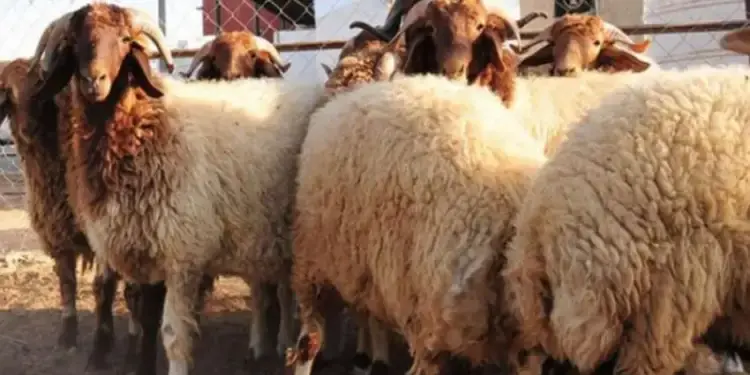A few days before Eid al-Idha, a clear gap is felt between the speeches of butchers and those of representatives of the agricultural sector in Tunisia. While the Tunisian Union of Agriculture and Fisheries (UTAP) ensures an abundance of supply and a significant drop in prices, the butchers’ chamber alerts a very different reality on the ground.
Ahmed Laâmiri, president of the National Bouchers Chamber, expressed this Friday, May 16, 2025, on the air of Jawhara FM, of strong reserves regarding the official figures communicated on the availability of animals intended for slaughter. He speaks of “erroneous data” and underlines the absence of breeders in the cattle and outlet markets reserved for sacrifices.
According to him, this void is now filled by intermediaries, which it accuses of controlling supply and demand, thus distorting prices and making the market unstable.
A point of view that Hamadi Boubakri, a member of the UTAP executive office, who recently assured that the livestock supply far exceeded local demand. According to him, around 1.1 million sheep are available this season, more than the previous year.
It also discusses a drop in prices ranging from 200 to 300 dinars, with sheep currently offered between 750 and 800 dinars, against up to 1,100 dinars last year. Only older rams (about two years) would reach high prices around 1,700 dinars.
This contrast between the two speeches reveals a palpable tension around market regulation and the perception of economic reality by the various actors. He also raises the question of who really controls prices in a context as sensitive as that of Eid.
In conclusion, the Bouchers Chamber offers to sell the kilogram of the sacrificial beast at 35.2 dinars, a price that could still evolve according to the evolution of the market in the coming days.








